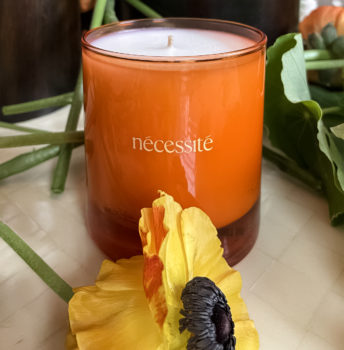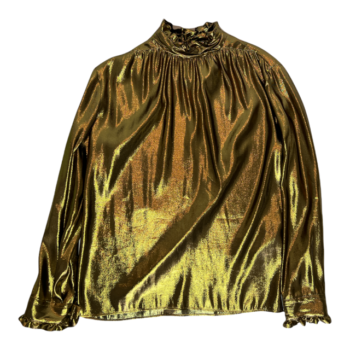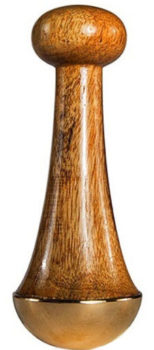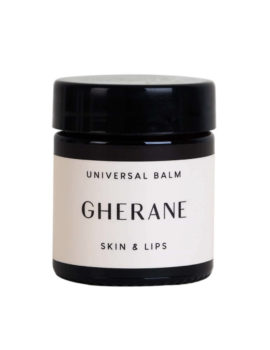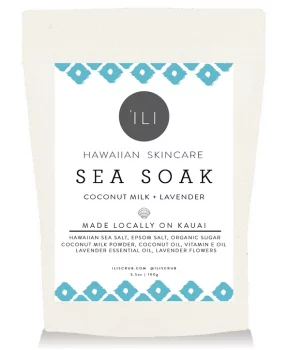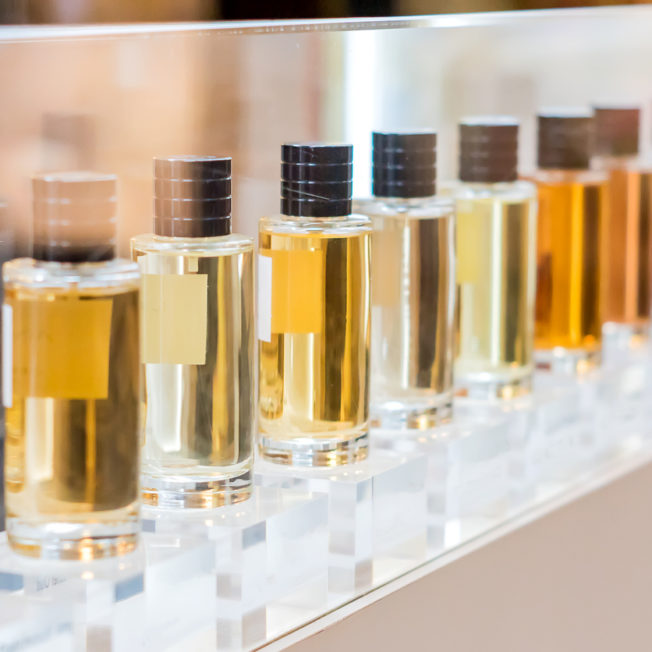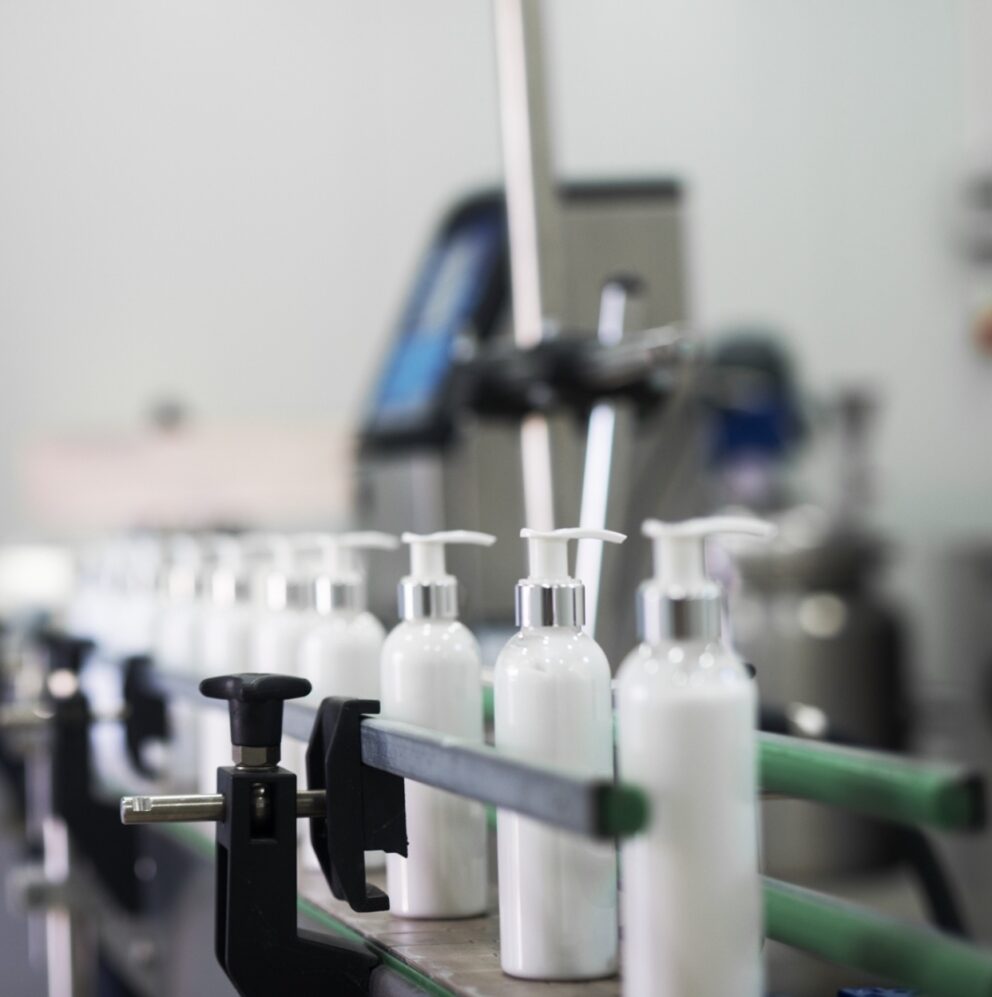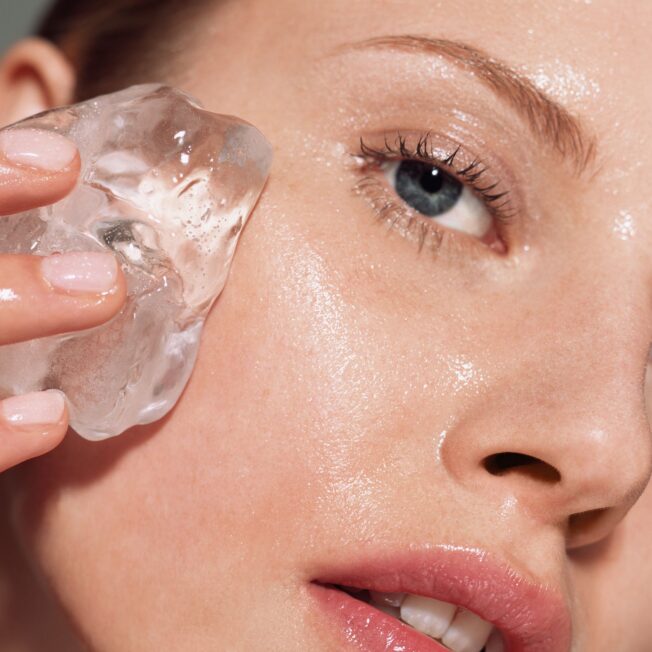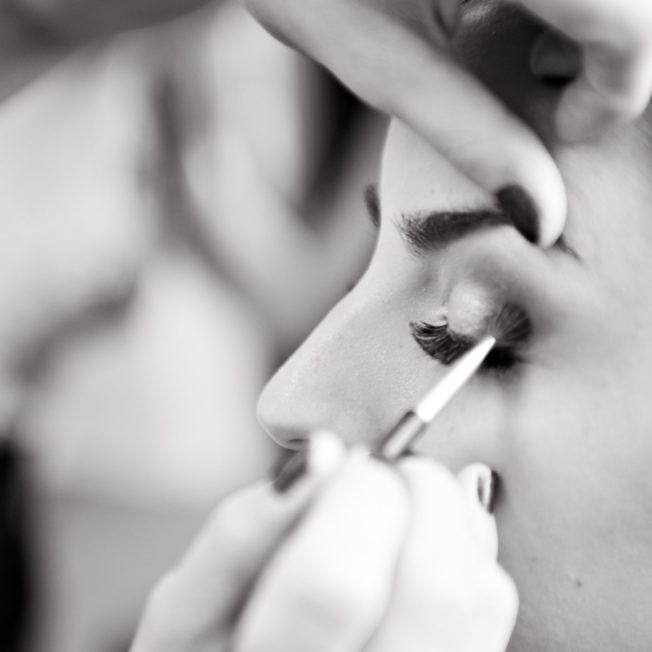Do you know what’s in the new perfume you just picked up at Sephora? Realistically, you don’t — even if you manage to read through the entire, hard-to-pronounce list of ingredients on the back label. That’s because fragrance falls through a loophole in the Food and Drug Administration (FDA) labeling laws… so technically, beauty brands are allowed to hide what’s really inside that $150 bottle of perfume.
Why?
Because under the Fair Packaging and Labeling Act, “fragrance” is considered “proprietary” or a “trade secret” — but it’s not just signature formulas that perfumers are protecting, and it’s not just competitors they’re hiding them from. This loophole also allows brands to conceal information about potentially-toxic chemicals and keep paying customers — i.e., you — in the dark.
A 2010 study from the Environmental Working Group and The Campaign For Safe Cosmetics tested 17 popular perfumes to discover exactly what was lurking inside. Their research found a total of 38 chemicals that weren’t listed on the ingredient lists — including allergens, irritants, and even endocrine disruptors — for an average of 14 hidden chemicals per product. And those numbers are likely conservative.
All in all, there are over 3,000 chemicals that the fragrance industry can formulate with. Of those, only 34 percent of them have been evaluated for safety, according to the EWG. That leaves over 2,000 untested chemicals — chemicals that you could be unwittingly spraying on your chest and wrists daily. And that’s kind of a problem.
Of that 2010 study, 10 undisclosed chemicals were linked to allergies and asthma, and 12 were considered to be hormone disruptors. Two of the most commonly found “secret” ingredients included diethyl phthalate (a substance that’s been shown to damage sperm), and musk ketone (which is known to accumulate in fat tissue and even breast milk). In other words, these hidden ingredients can do some serious damage to your health and the health of your future offspring — and as a consumer, you have literally no way of knowing whether or not they’re in your favorite products.
At the conclusion of the study, the EWG and concerned customers called for FDA intervention, suggesting that, at the very least, perfume manufacturers list out every single ingredient in a certain product on the label. I mean, that sounds reasonable, right? At the time, John Bailey, PhD, the chief scientist for the Personal Care Products Council claimed that would be “virtually impossible” — because fragrances typically contain too many ingredients to fit on the packaging. I’d consider the EWG’s point proven.
So as a scent-lover, what can you do?
The healthiest option is to support natural beauty brands that make it their mission to be transparent about fragrance ingredients; or otherwise, make your own essential oil blends (which is one way to find a truly signature scent).
If you can’t bare to give up perfume, we get it — but remember, when you choose to wear synthetic fragrances, you’re not the only one affected. In spritzing your favorite scent, you also expose those around you to harmful chemicals (for example, the aforementioned sperm-damaging diethyl phthalate compound has been found in a whopping 97 percent of Americans). The argument could be made that second hand scent is the new second hand smoke… so “light up” accordingly.






